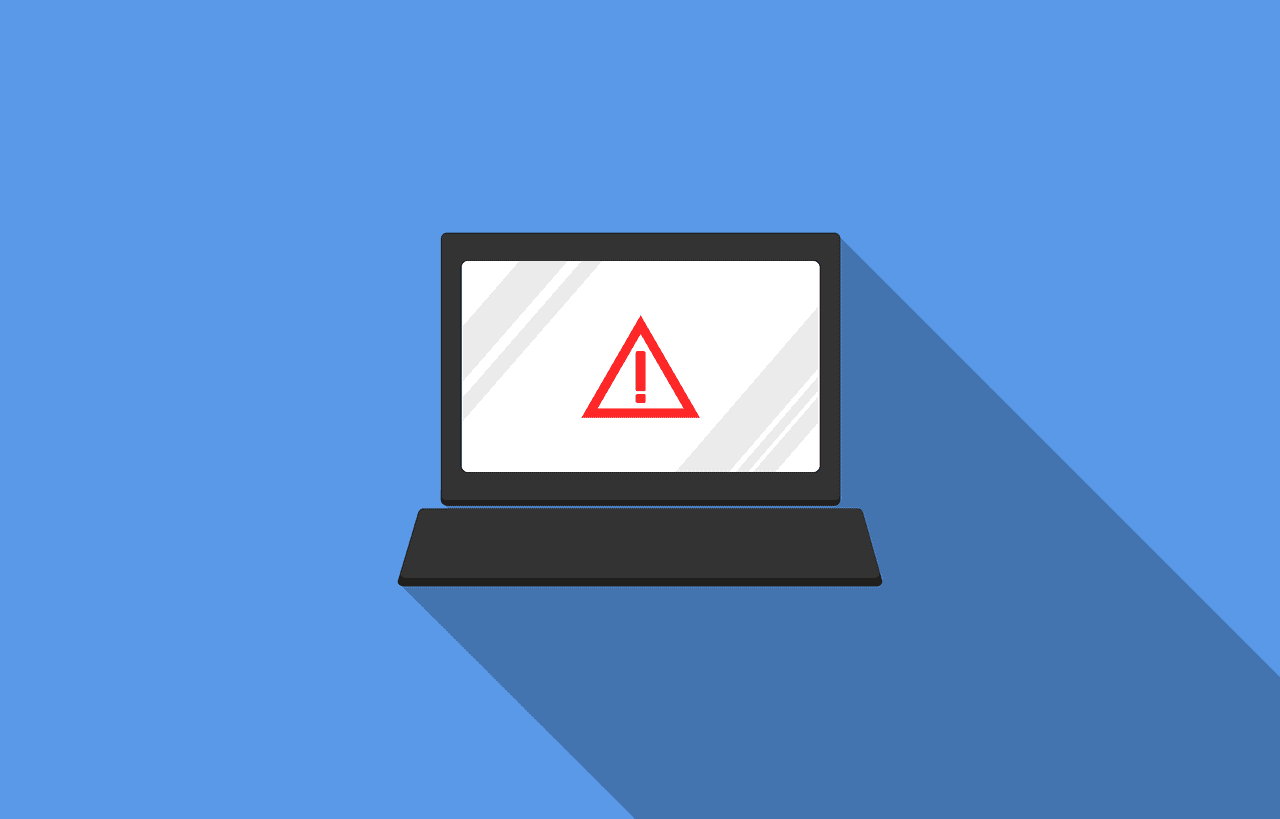Emerging Technology Dangers to Defend Against in 2024
Technology is evolving at a rapid pace and some innovations can pose serious threats to our digital security, privacy, and safety.
The global cost of a data breach last year was CAD $6 million which is an increase of 15% over the past three years. As we welcome 2024 it’s critical to be aware of new technology threats on the horizon, particularly those that have the potential to disrupt your business.
In this article, we’ll highlight some emerging technology threats to be aware of in 2024 and beyond.
Data Poisoning Attacks
Data poisoning is like tainting the well. It involves introducing corruption into datasets used to train AI models. By injecting malicious data, attackers can skew the outcomes of reliant algorithms which in turn could lead to incorrect decisions in critical sectors like healthcare or finance. Essentially, data poisoning changes the rules of the game and to combat this threat organizations are obligated to remain vigilant in protecting the integrity of training data, and implementing validation mechanisms not easily skirted.
Because we know data poisoning exists, it is highly recommended that businesses should use AI-generated data cautiously and always with a liberal dose of human intelligence and data collected from other sources.
5G Network Vulnerabilities
5G technology is everywhere, and so are our phones… this introduces an exponential level of new attack surfaces. IoT devices reliant on 5G networks are prime targets for cyberattacks which means securing these devices and implementing strong network protocols is imperative to prevent large-scale attacks.
Ensure your business has a robust mobile device management strategy including the tracking and remote management of how these devices access business your critical data.
Quantum Computing Vulnerabilities
It’ll take 1000 year to crack my password! Not anymore. Quantum computing delivers unprecedented computational power that poses a threat because it now only takes a fraction of the time to run through all those permutations. Its immense processing capabilities could crack currently secure encryption methods before you have a chance to say “it won’t happen to me”. The fact that hackers are likely to exploit this power in order to access systems and sensitive data emphasizes the need for quantum-resistant encryption techniques.
Artificial Intelligence (AI) Manipulation
AI can be manipulated to spread misinformation by cybercriminals with nefarious aims. No doubt you have seen convincing deepfake videos on the internet, and automated phishing attacks stepping up their game to trick you. Staying alert and informed on what tools can be used against you is essential as modern AI-driven threats become more sophisticated.
Augmented Reality (AR) and Virtual Reality (VR) Exploits
Augmented Reality (AR) and Virtual Reality (VR) technologies provide immersive experiences, yet they introduce new vulnerabilities. Cybercriminals could leverage these platforms to trick users, resulting in tangible repercussions. Securing AR and VR applications is of paramount importance, particularly in averting user manipulation and safeguarding against privacy breaches. This is particularly critical in industries such as gaming, education, and healthcare.
Ransomware Evolves
Ransomware attacks have progressed beyond basic data encryption, with threat actors employing double extortion tactics. Prior to encrypting files, they now pilfer sensitive data. In instances where victims resist payment, hackers either leak or sell this compromised data, resulting in significant reputational harm.
Several countermeasures against this advanced ransomware threat comprise:
- Robust backup solutions
- Regular cybersecurity training
- Proactive threat hunting
Supply Chain Attacks Persist
The threat of supply chain attacks is still very real. Cybercriminals manage to infiltrate third-party vendors or software providers to target bigger entities. It’s crucial to make our supply chain cybersecurity stronger to prevent potential widespread cyber incidents. To achieve this, we need to personally invest time in thorough vendor assessments, adopt multi-factor authentication, and keep a vigilant eye through continuous monitoring.
Biometric Data Vulnerability
Biometric authentication methods, like fingerprints or facial recognition, are increasingly prevalent. Unlike passwords, users can’t alter compromised biometric data. It’s crucial to safeguard biometric information with robust encryption. Make certain that service providers adhere to stringent privacy regulations. These steps are vital in warding off identity theft and fraud.
Advanced Phishing Attacks
Phishing attacks, among the oldest and most widespread cyber threats, are evolving in sophistication, thanks to advancements in AI. For instance, hackers now tailor spear phishing attacks to specific individuals or organizations by leveraging personal or professional information available online. Another emerging threat is vishing, where attackers use voice calls or voice assistants to impersonate legitimate entities, persuading victims to take specific actions.
To counter these risks, continuous employee phishing training is crucial. Additionally, employing automated solutions for detecting and defending against phishing threats is essential for a comprehensive defense strategy.
Tips for Defending Against These Threats
In the ever-changing landscape of technology, staying alert and proactive is crucial. Here are some friendly professional tips to help you navigate the evolving threats:
- Stay informed about the latest technology threats and share this knowledge with others.
- Safeguard your online accounts with robust passwords and multi-factor authentication.
- Keep your software and devices up to date to patch any potential security vulnerabilities.
- Exercise caution by avoiding clicks on suspicious links or attachments in emails or messages.
- Prioritize verifying the legitimacy of callers or senders before sharing information or taking any actions.
- Regularly back up your data to mitigate potential loss in the event of a cyberattack.
- Consider investing in a reliable cyber insurance policy tailored to your specific needs and risks.
- Be vigilant and report any suspicious or malicious activity to the relevant authorities promptly.
Need Help Ensuring Your Cybersecurity is Ready for 2024?
The security measures that worked last year might not suffice against the evolving threats of this year. Don’t jeopardize your security. Allow us to assist you with a comprehensive cybersecurity assessment, providing clarity on your current security posture.


